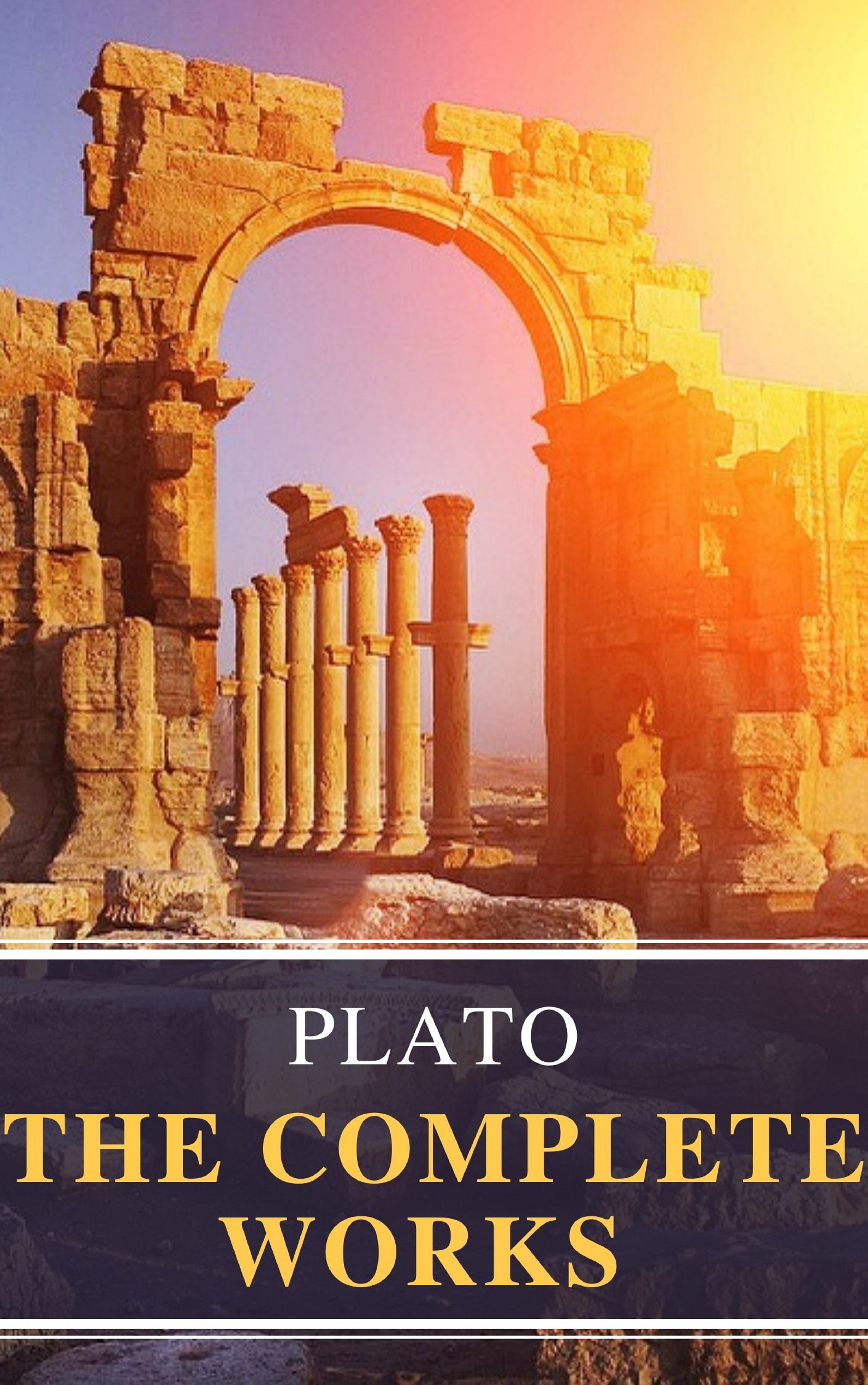

They explain the cultural and religious context of rhapsody both in the introduction and the commentary. Ferroni and Macé make excellent use of Rijksbaron, 4 but they focus on argument and cultural background, and they offer an introduction and commentary that Greekless readers can learn from without difficulty.įerroni and Macé do several things very well. In his 2007 edition, for example, Albert Rijksbaron focuses on Plato’s language, and his edition is meant for students and scholars of Greek. A Commentario commentary proceeds the other way around: each chunk of a text receives a short essay, in the course of which individual words or phrases may receive particular attention.Īs a result, Ferroni and Macé complement recent commentaries on Ion rather than compete with them. A Cambridge commentary, for example, gives a brief summary of each major chunk of the text and then provides notes on individual words, phrases, or sentences.

This is more or less true, except that the commentary in Commentario volumes is more discursive than these other series. I initially assumed that Commentario volumes would be a cross between a Cambridge “green and yellow” and one of the Aris & Phillips Classical Texts. 3 The books are attractively and well produced, and the design is clearly meant to recall that of the look of the Cambridge Greek and Latin Classics series. Individual volumes also include supplementary material appropriate to the text or editor. Helene Casanova-Robin oversees the collection, which “se situe entre les ouvrages pédagogiques universitaires et les travaux scientifiques spécialisés.” 1 Based on the two volumes I’ve worked with, 2 I think they have succeeded in their goal of allowing “un public relativement large d’accéder à une lecture scientifique et approfondie des œuvres.” All Commentario volumes include an introduction, Greek or Latin text, facing French translation, and commentary. Since no reviews of the series have appeared yet in BMCR, I’ll begin by saying a little about Commentario. This volume is the eleventh, and most recent, in the relatively new Commentario series from Les Belles Lettres.

All readers will benefit from the roadmap of the dialogue’s arguments that the authors sketch in the introduction and discuss in the commentary. More advanced readers will be grateful for the new Greek text, full critical apparatus, the thirty-page section of “Notes Textuelles,” and the ample references to additional primary and secondary resources. Students and scholars from other fields will appreciate the introduction and the French translation. With this new edition and commentary on Plato’s Ion, Ferroni and Macé have done several types of readers a great service.


 0 kommentar(er)
0 kommentar(er)
